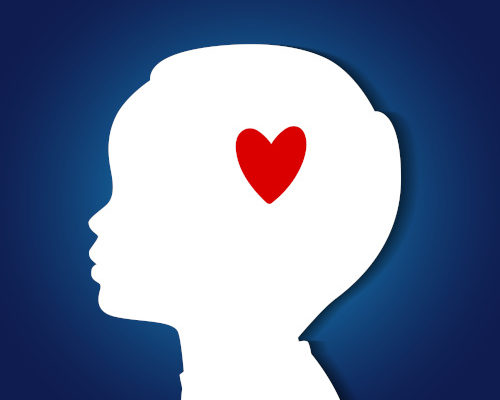
Following the 2020-2021 school year, educators can look back with pride–and exhaustion–on all we have learned. We have learned to teach in brand new modalities like remote and hybrid learning, foster more student independence, and adapt instruction to a huge variety of learning needs.
But one of the most important lessons to come from this pandemic year is a greater focus on the importance of social-emotional learning.
Throughout this school year, educators, coaches, and school leaders have engaged in virtual professional development and one-on-one coaching sessions to hone their social-emotional learning skills and knowledge to meet the needs of all learners. The following are some of the most effective strategies all educators should take within them into next year.
Be intentional about weaving social-emotional learning into the day
In a virtual professional development session, one school leader shared, “I think social-emotional learning is a hot topic right now, but are people really doing it? Do they really know what it means?” This begs the question, “Do we know how to intentionally incorporate social-emotional learning into class culture and instruction?” Continuing to intentionally incorporate social-emotional learning into daily habits and routines next school year can be monumental for educators and students.
Thresholding to greet students at the door: This is an old strategy that gained new importance during remote learning this year. Personally greeting students as they enter the classroom sets the tone for the student’s day and incorporates other social-emotional learning skills such as communicating effectively, actively listening, and establishing and maintaining a healthy relationship.
Brain breaks: In another virtual PD session, one teacher shared, “This year, I have intentionally incorporated brain breaks several times throughout the day–and I want to continue doing it once we return to in-person learning.” This year we may have noticed the need for small breaks as students struggled to focus on line. But even back in the classroom, brain breaks can be used to manage emotions and promote self-management.
Social-emotional learning check-in surveys: At the beginning of the school year, we may ask students to complete an interest survey, but ongoing student interest and emotional check-ins are key. Daily or weekly check-ins can help you gain a deeper understanding of students and foster relationships.

